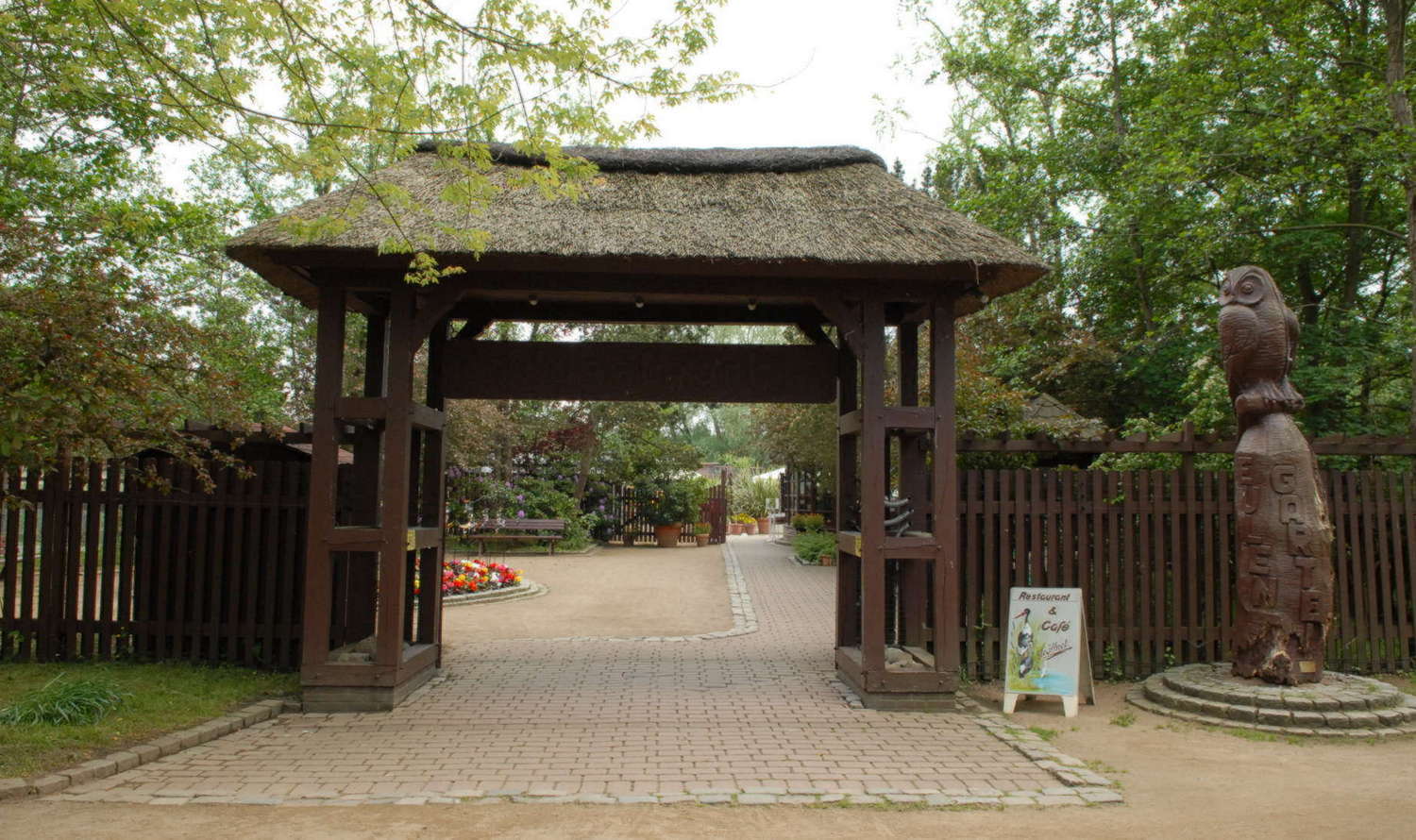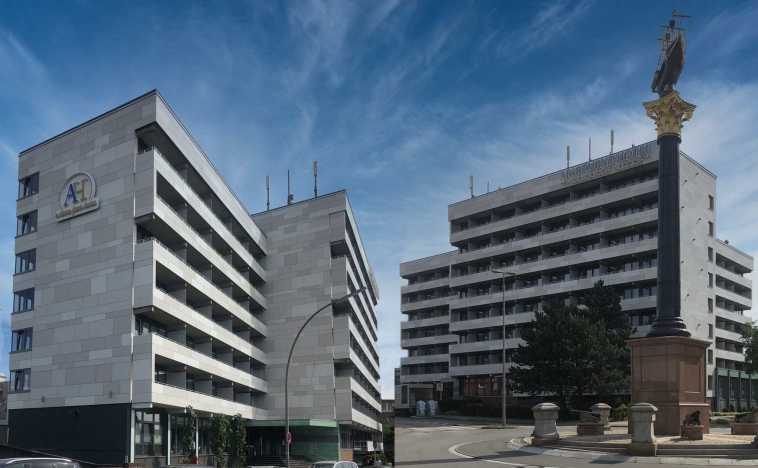Big cities have driven birds and animals from their natural habitats, and it is not easy to see an owl or a stork. Even the fauna of our latitudes has to be seen in zoos, let alone exotics. The Niendorf Bird Park, on the other hand, has 250 species living in the wild — almost 1000 in total. They live in an area of 70,000 square metres. To admire the discreet beauty of owls and the colourful plumage of parrots, take your child to this wonderful place.
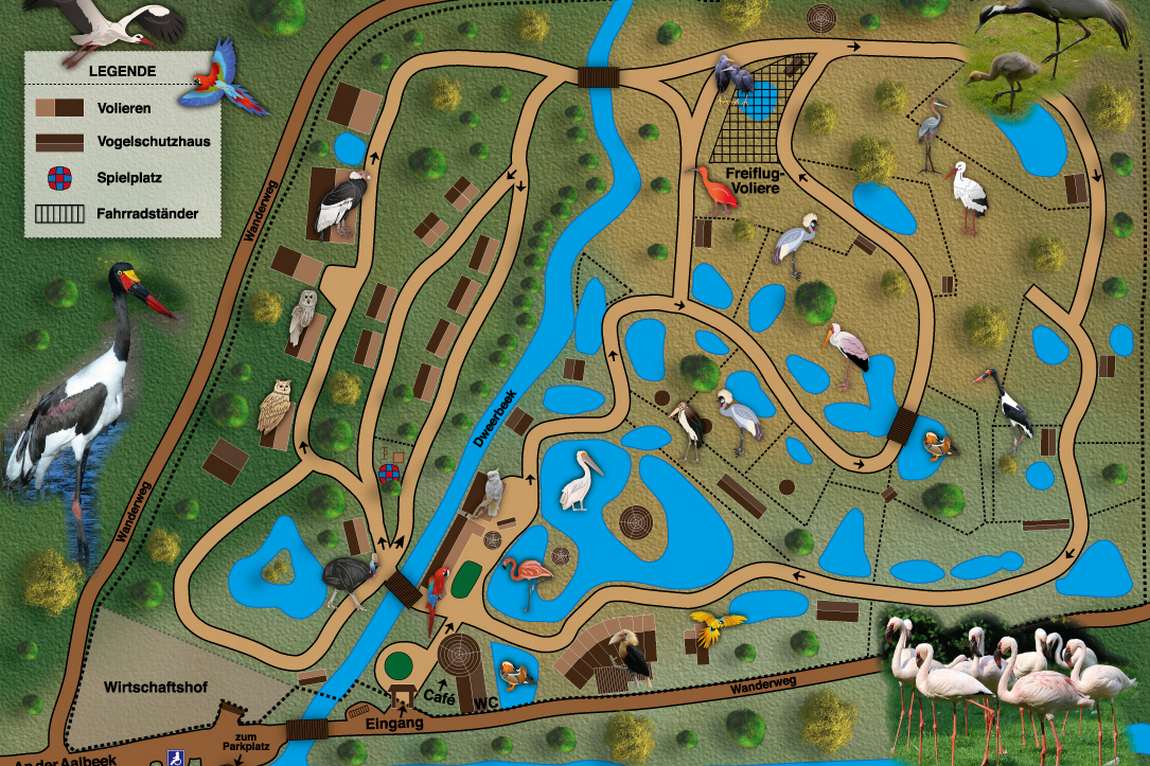
Of course, a visit to the Bird Kingdom requires some rules — no noise, no running around. But the atmosphere of the park is relaxing: you want to walk along the winding paths, stand on the bridge, sit in the shade of the flowering bushes. The silence is broken only by the wind, the sound of water and the birdsong.
Who can you see here? The real long-legged competition takes place in the habitats of flamingos, herons, storks and cranes. But when you see the chicks, it's hard to believe that these fluffy little lumps on short legs will grow up to be graceful, long-legged birds.
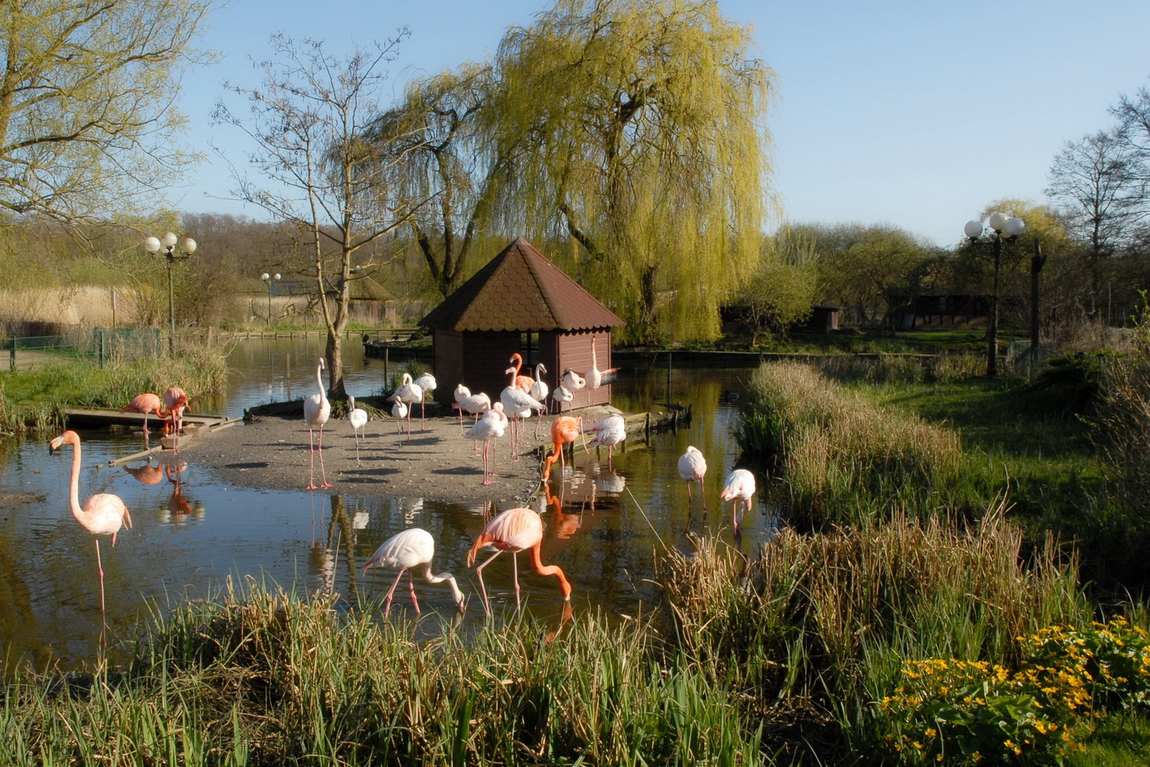
Another competition — for brightness of colour — could be held by parrots. But they also have worthy competitors: proud peacocks, toucans with bright yellow giant beaks, colourful jays and even pigeons. Accustomed to unsightly city pigeons, visitors are amazed by the bright plumage, luxuriant tails and tufts of these birds. Raptors have their own rivalry. Kites, hawks, buzzards and a strange secretary bird, as well as owls and eagles. The bird park at Niendorf has one of the largest collections of owls in the world. There are 38 species and they breed successfully in the park's surroundings.
22 km away is the wonderful amusement park Hansa Park, which we also recommend visiting with the whole family.
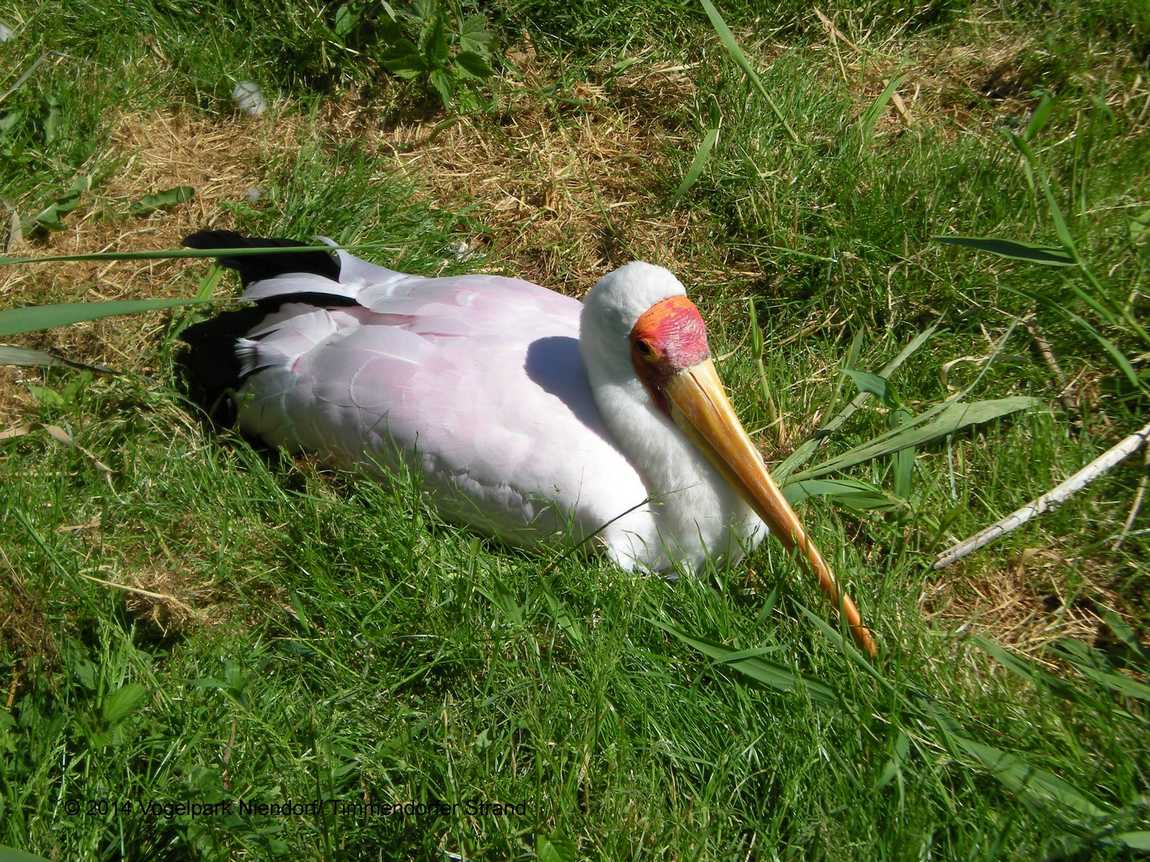
There are also water birds. The scenes of a pair of swans swimming leisurely on the lake or a goose taking her chicks to their first swimming lesson are always touching. And of course, the Baltic Sea Coastal Park couldn't be complete without cormorants. These agile birds hover over the water, searching for prey and diving for fish. Surprisingly, thermophilic cassowaries have also found a home in the harsh northern German climate.
The park makes little use of aviaries, with only the raptor habitats enclosed by netting. The rest of the birds are not only free to roam, but also free to fly to warmer climes. This is the case with storks, for example, which always return to the shores of the Baltic Sea after wintering in Africa.
The tourist trail in the park is about 2 km long. After the walk, the children will be happy to have lunch at a café by the pond.


